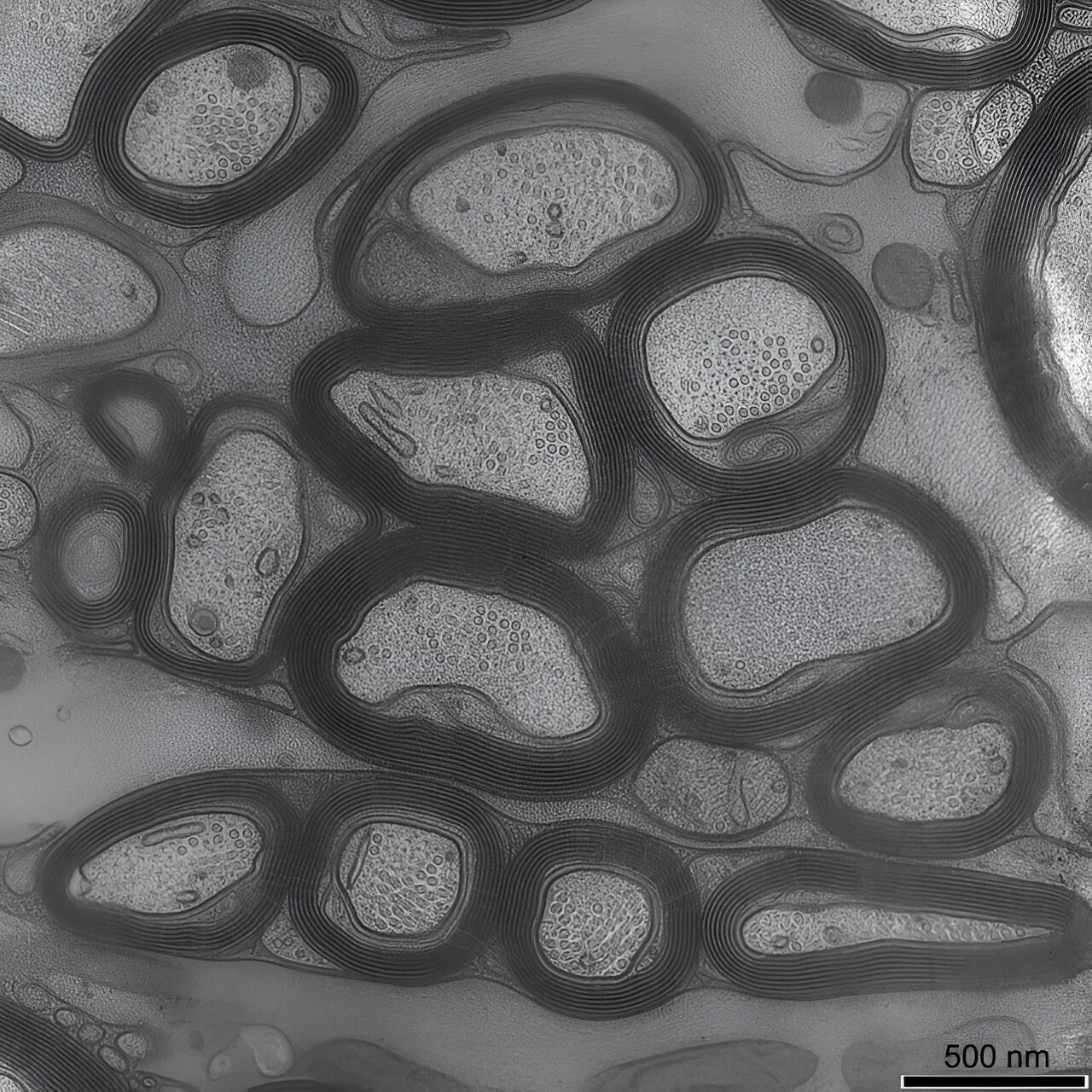The HSD3B1 gene could hold clues for predicting and treating endometrial cancer, according to a novel finding from the Cleveland Clinic’s Lerner Research Institute.
Researchers found a certain HSD3B1 genotype was more common in women with type 2 endometrial cancer, according to the results published in JNCI Cancer Spectrum. Those patients show lower survival rates than those diagnosed with type 1 endometrial cancer, likely driven by the fact that type 2 patient cells are less hormone-dependent.
The results are the latest step in untangling the role HSD3B1‘s genotype plays in hormone-driven cancers, with previous research revealing associations with breast and prostate cancer. This body of work was in part led by Cleveland Clinic researchers and physician-scientists, and continues today with translational research and clinical trials.
HSD3B1 researchers are building a foundation for future options to treat and prevent cancer subtypes with a lower survival rate, says Nima Sharifi, MD, senior author of the paper and Director of the Lerner Research Institute’s Genitourinary Malignancies Research Center.
Despite being one of the most common cancers among women, there is no test or exam to screen for endometrial cancer. Incidence rates for this “underfunded and understudied” disease are rising in the United States, says Roberto Vargas, MD, co-author and assistant staff at the Cleveland Clinic’s Division of Gynecologic Oncology.
“Over the past three decades, we haven’t moved the bar on outcomes,” Dr. Vargas says. “Figuring out the interplay between this gene and endometrial cancer can pave a way to screen and treat it more effectively.”
HSD3B1 is a gene that regulates androgens and estrogens by producing the enzyme that converts adrenal steroid-precursors to androgens and estrogens. HSD3B1‘s genotype is either adrenal-permissive, which amplifies the process, or adrenal-restrictive, which limits it.
Dr. Sharifi likens HSD3B1‘s role in the adrenal pathway to how a dam controls water. Opening the gates releases a rush of water, but when the dam is closed, that flow is held back.
Previous research established how HSD3B1 genetics works and associates with hormone-associated cancers, starting with castration-resistant prostate cancer. When a patient undergoes chemical or surgical castration to treat prostate cancer, the procedure halts one of the body’s paths to producing androgens.
When the body stops producing androgens or estrogens through sex organs, the body can still produce these hormones through the adrenal pathway, Dr. Sharifi says.
Castration is intended to stop androgen production when tumors grow in response to the hormone. When the adrenal pathway starts producing androgens, that can lead to recurrence. Previous research associates adrenal-permissive HSD3B1 with poorer outcomes in castration-resistant prostate cancer across multiple cohorts.
Dr. Sharifi says HSD3B1 could serve as a biomarker for breast and endometrial cancer subtypes because the ovaries stop producing estrogen after menopause. The adrenal pathway could then kick in to start producing those hormones. The median endometrial cancer patient age is 60 years old, with the main symptom being irregular bleeding after menopause.
Recent research investigated potential association between HSD3B1‘s genotype and postmenopausal breast and endometrial cancer subtypes, where the cancer grows in response to estrogen.
Previous research associated ER+ cancer in postmenopausal women with HSD3B1 adrenal-permissive genotype. Dr. Sharifi’s research team, through analyzing TCGA data, added to this finding by showing an association between the opposite HSD3B1 genotype, adrenal-restrictive, and a certain subtype of ER- breast cancer.
In endometrial cancer, the serous subtype has less ER expression and is associated with a worse prognosis. The adrenal-restrictive HSD3B1 genotype was more commonly associated with serous-type endometrial cancer, according to the study. Additionally, in an analysis of UK Biobank data, adrenal-restrictive genotype was shown to be associated with worse outcomes among endometrial cancer patients.
Jeff McManus, PhD, first author and a research associate in the Cancer Biology Department, says researchers will now need to validate the results with much larger cohorts. That will include examining HSD3B1 associations with survival rates within different cancer subtypes.
Ongoing HSD3B1 collaborations include further research on HSD3B1‘s relationship with breast and endometrial cancer, as well as investigation into how HSD3B1 is associated with response to radiotherapy. Clinical trials for prostate cancer held at the Cleveland Clinic will test how people with specific HSD3B1 genotypes respond to therapeutics.
Authors noted that Black women are more likely inherit adrenal-restrictive HSD3B1 and that certain breast and endometrial cancer subtypes that have worse outcomes — and both are more common in Black women. Black women also were twice as likely to die from uterine cancer compared to other ethnic groups in a study released in May from the National Cancer Institute.
“Chipping away at this difference in outcomes and trying to understand a genetic basis will be crucial in reducing (or eliminating) existing disparities,” Vargas says.

